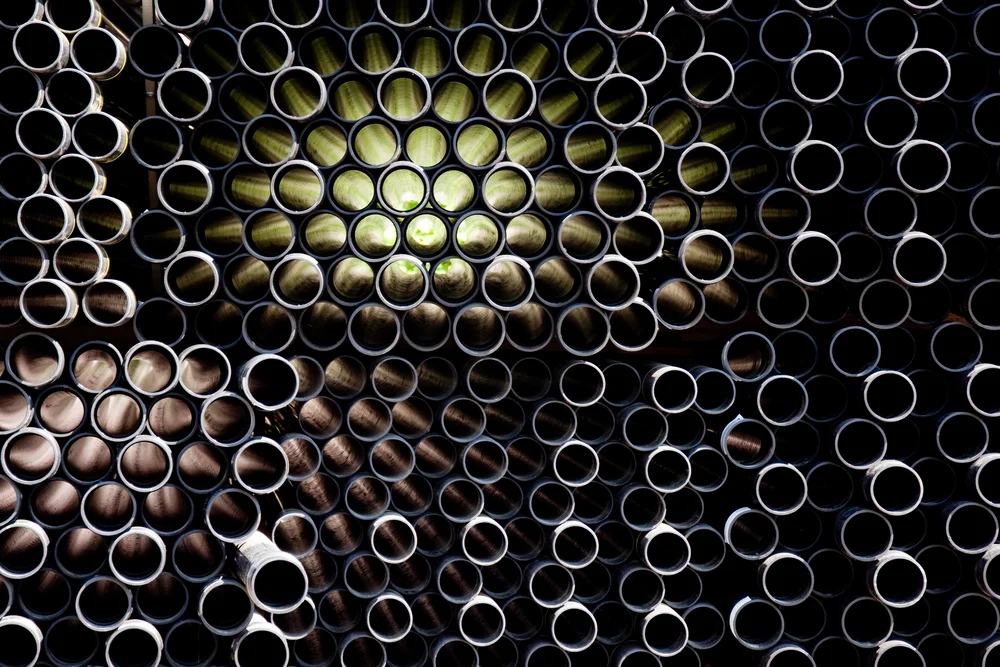On May 22nd, an opinion piece in The Washington Times titled “Ductile iron pipes: A life partner for clean, safe drinking water” applauded historic federal investments in drinking water infrastructure.
We echo the author’s applause of this crucial funding, but we think the incomplete picture painted of PVC pipes warrants a rebuttal.
The need for improved water infrastructure is clear and present, as more than 2.6 trillion gallons of treated water leak from antiquated and corroded pipes each year.
Unlike some alternatives, PVC pipes do not corrode. As corrosion builds in pipes, more energy is needed to pump water to its destination, and the resulting buildup of bacteria can affect the quality of the water. Replacing corroded pipes with PVC allows towns and municipalities to lower their energy costs and keep bacteria out of their water. We’d call that a win-win.
Contrary to claims of PVC’s fragility, academic research shows that PVC pipe can remain in operation for more than 100 years – and has an extremely low failure rate. This durability, paired with PVC’s cost-effectiveness, will give local decision-makers more bang for their buck and allow for more extensive infrastructure improvements than alternative materials.
Replacing old pipes from coast to coast is a tall task, but the vinyl industry is up to the challenge. Over the past three decades, the industry has lowered carbon emissions while doubling PVC production. As communities can expect their energy usage to decrease with more efficient PVC pipes, the industry expects to increase output and improve sustainability.
We respect the author’s advocacy for improving our nation’s water infrastructure, but we want to ensure that all materials are given a fair shake in the decision-making process. PVC pipes offer long-lasting durability, corrosion resistance, and a reduced environmental footprint, making them reliable and sustainable for America’s new and improved water infrastructure. If the question is, “How do we provide clean water to more Americans?” PVC is undoubtedly a big part of the answer.

